Few objects in design and architecture have achieved the iconic status of the telephone booth. For decades, the striking red booths of London stood as both practical tools and cultural symbols. They were meeting points, backdrops for postcards, and the silent witnesses of countless conversations. Today, these same booths are making a fascinating journey—moving from the bustling streets of London into private homes, restaurants, and creative interior spaces around the world.
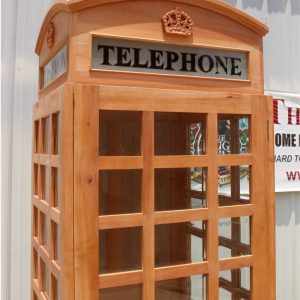
The Birth of an Icon
The story of the phone booth begins in the 1920s, when Sir Giles Gilbert Scott designed what would become the most recognizable version—the K2 and later the K6 models. Painted in bright red to ensure visibility even on foggy London days, these booths were not just functional; they became emblems of British identity. For many, spotting a phone booth was as quintessentially British as Big Ben or a double-decker bus.
A Symbol Beyond Communication
While initially created for utility, the telephone booth quickly transcended its practical use. Tourists snapped photos beside them, films used them as cultural shorthand for "London," and artists reimagined them in murals and pop culture references. Their role went far beyond offering a way to make a call—they became part of the collective memory of an era when public communication was still tactile and communal.
The Decline in Use
As mobile phones became mainstream, the need for public booths declined sharply. By the late 20th century, many phone booths were either dismantled or left neglected on street corners. Yet, instead of fading into obscurity, they found a new identity. Communities, collectors, and designers began rescuing them, recognizing their historic and aesthetic value. This marked the beginning of their journey from public utility to decorative statement.
Reinventing the Telephone Booth for Modern Spaces
The beauty of the phone booth lies in its adaptability. Today, these booths are being repurposed in creative and unexpected ways:
Interior décor: Some homeowners install them as quirky reading nooks, home offices, or even mini bars.
Hospitality spaces: Cafés and pubs use them as photo-worthy focal points or private seating areas.
Gardens and patios: Outdoor replicas serve as statement pieces, blending history with nature.
Offices: Modern workplaces use them as private pods for calls or focused work, keeping the original spirit of the booth alive.
This reinvention has ensured that what was once seen as outdated now feels timeless and innovative.
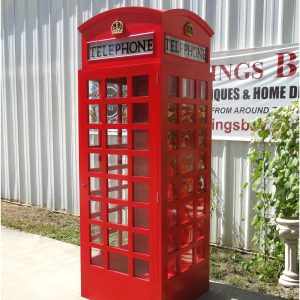
A Collector’s Delight
For history enthusiasts and collectors, owning a telephone booth is more than just décor—it’s about preserving a piece of cultural heritage. Authentic replicas and restored originals are in high demand. They carry stories of an era when making a call required coins, patience, and sometimes even queuing in the rain. Bringing one into a living room or garden is not just about style; it’s about nostalgia and storytelling.
Why the Fascination Persists
The continued appeal of booths can be traced to their powerful symbolism. It represents a simpler time, a link to British heritage, and a design that has proven ageless. Its bold color and distinctive shape make it instantly recognizable, ensuring it never fades into the background. For many, it’s a conversation starter, an art piece, and a little slice of history all in one.
From Public Utility to Personal Treasure
The journey of the telephone booth shows how objects can evolve beyond their intended purpose. What began as a practical structure to make calls has now become an interior design treasure, a collector’s piece, and a global cultural icon. Whether in a cozy living room, a bustling café, or a peaceful garden, the booth continues to reinvent itself while staying true to its iconic roots.
Bringing the Telephone Booth Home
The legacy of the telephone booth is far from over. In fact, it thrives today because of the creative ways people incorporate it into their spaces. If you’ve ever admired its charm on London streets, imagine the statement it could make in your own home. By giving it a second life, you’re not just decorating—you’re preserving history, celebrating design, and adding a bold story to your living space.
Ready to make the booth a part of your world? Visit The Kings Bay today and bring this timeless British icon into your everyday life.


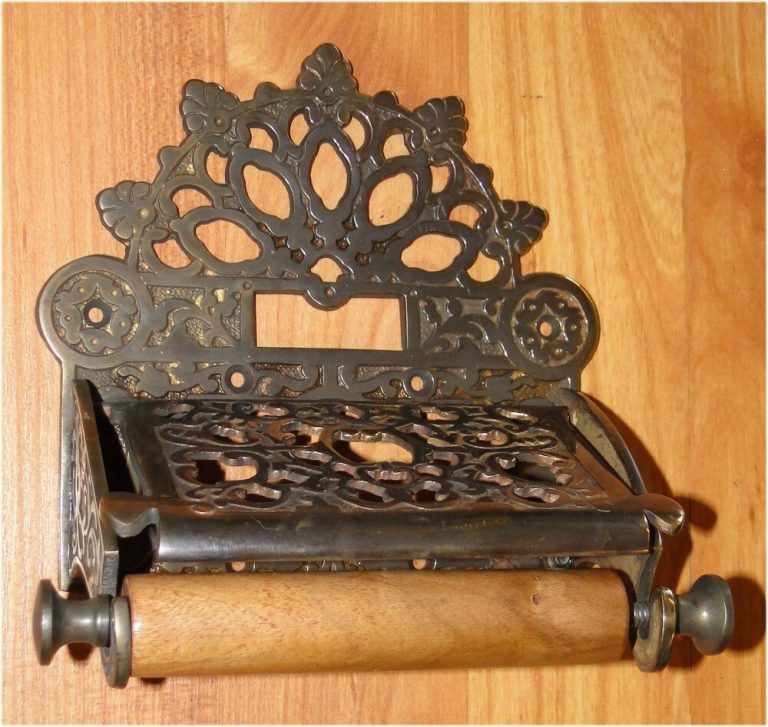


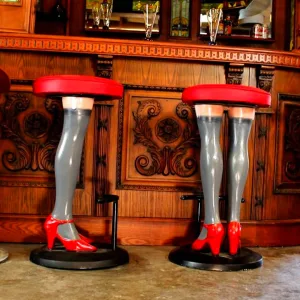
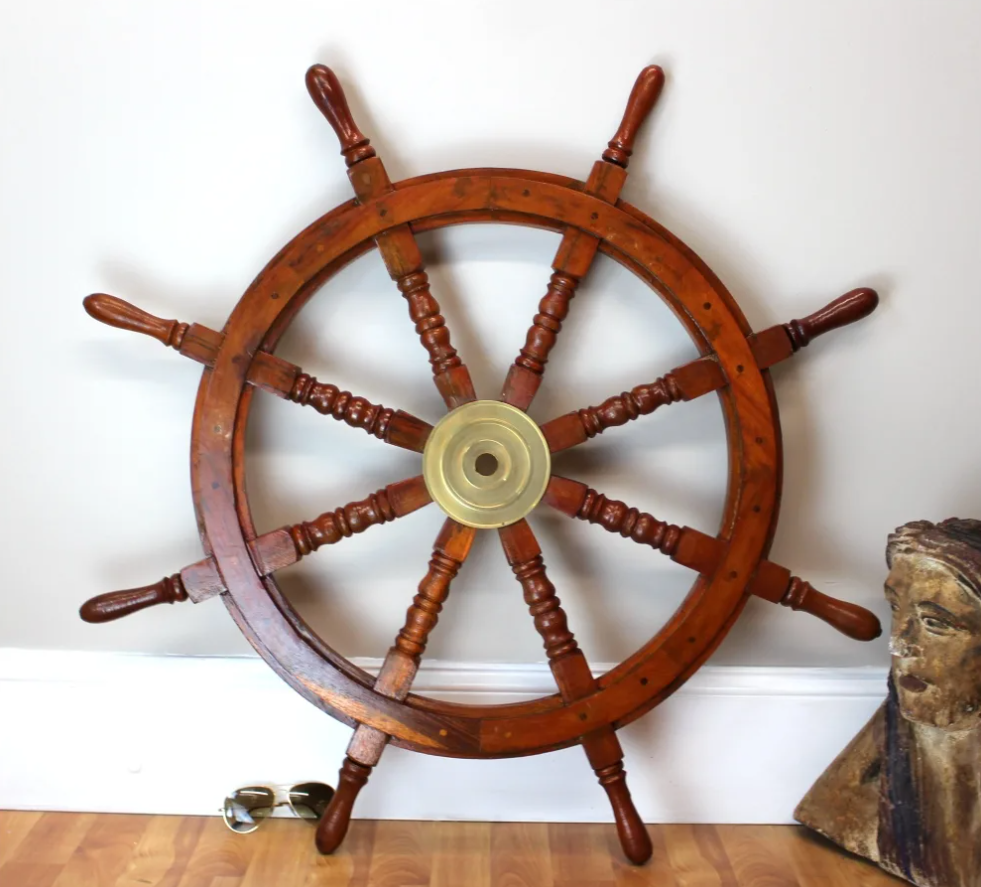


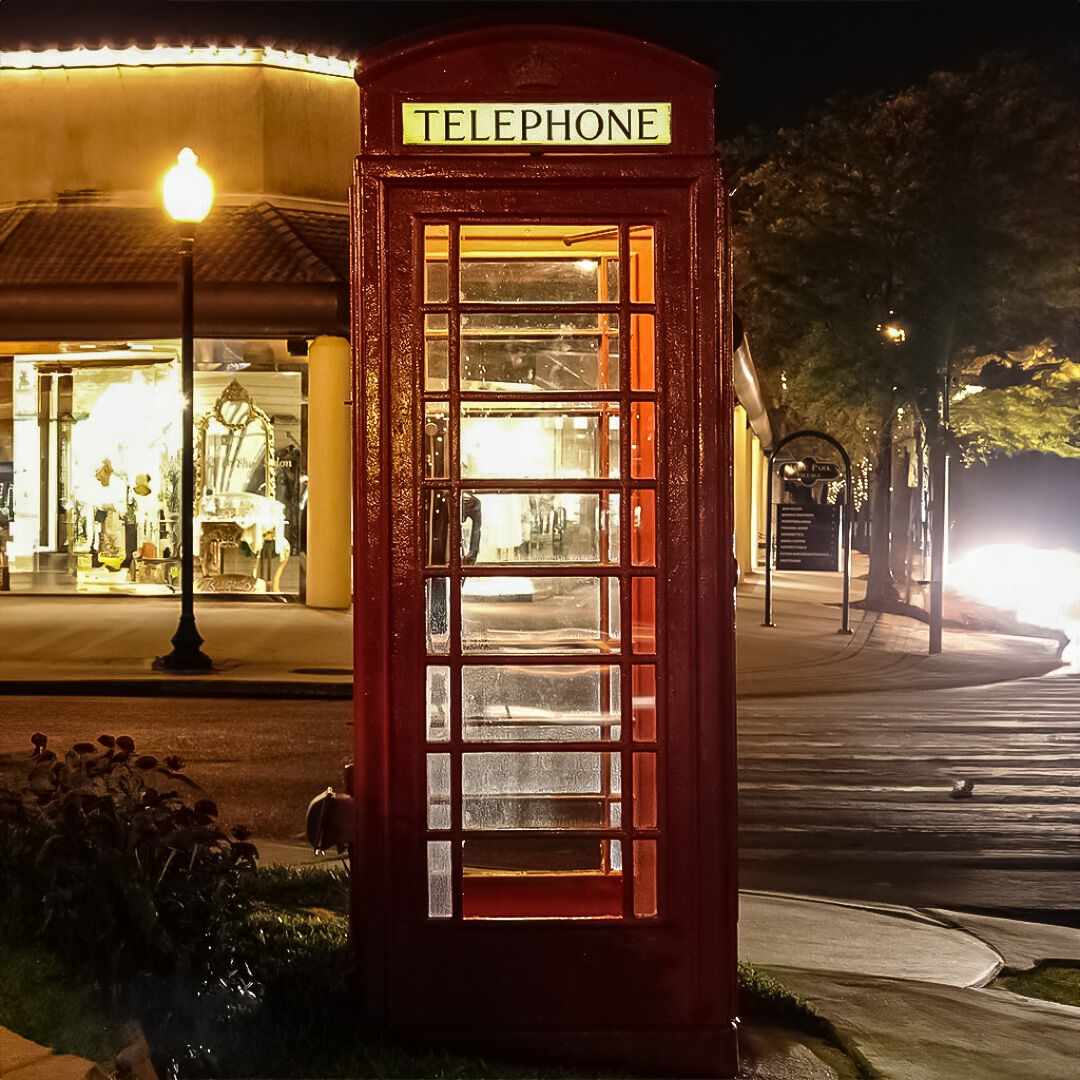
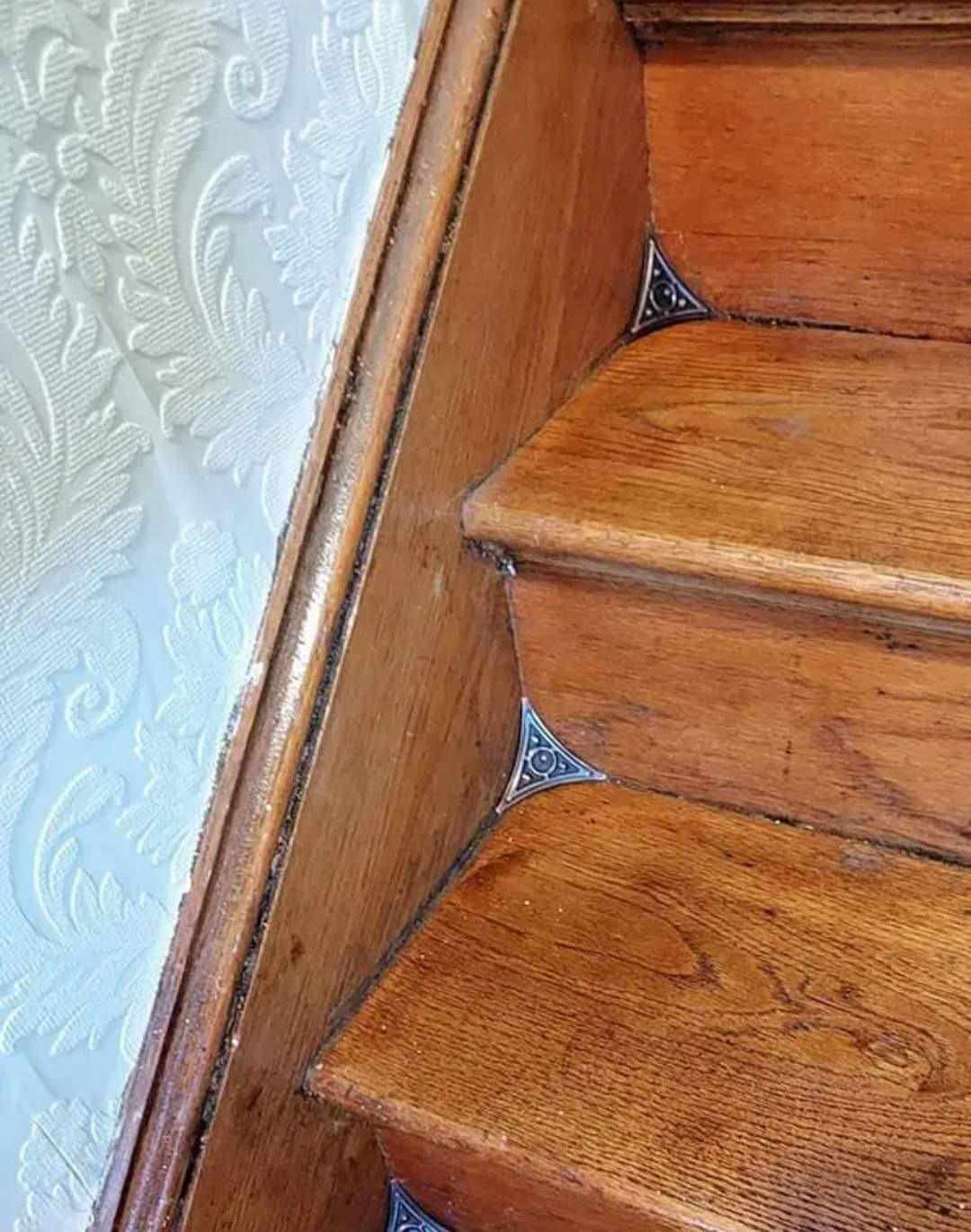
Write a comment ...